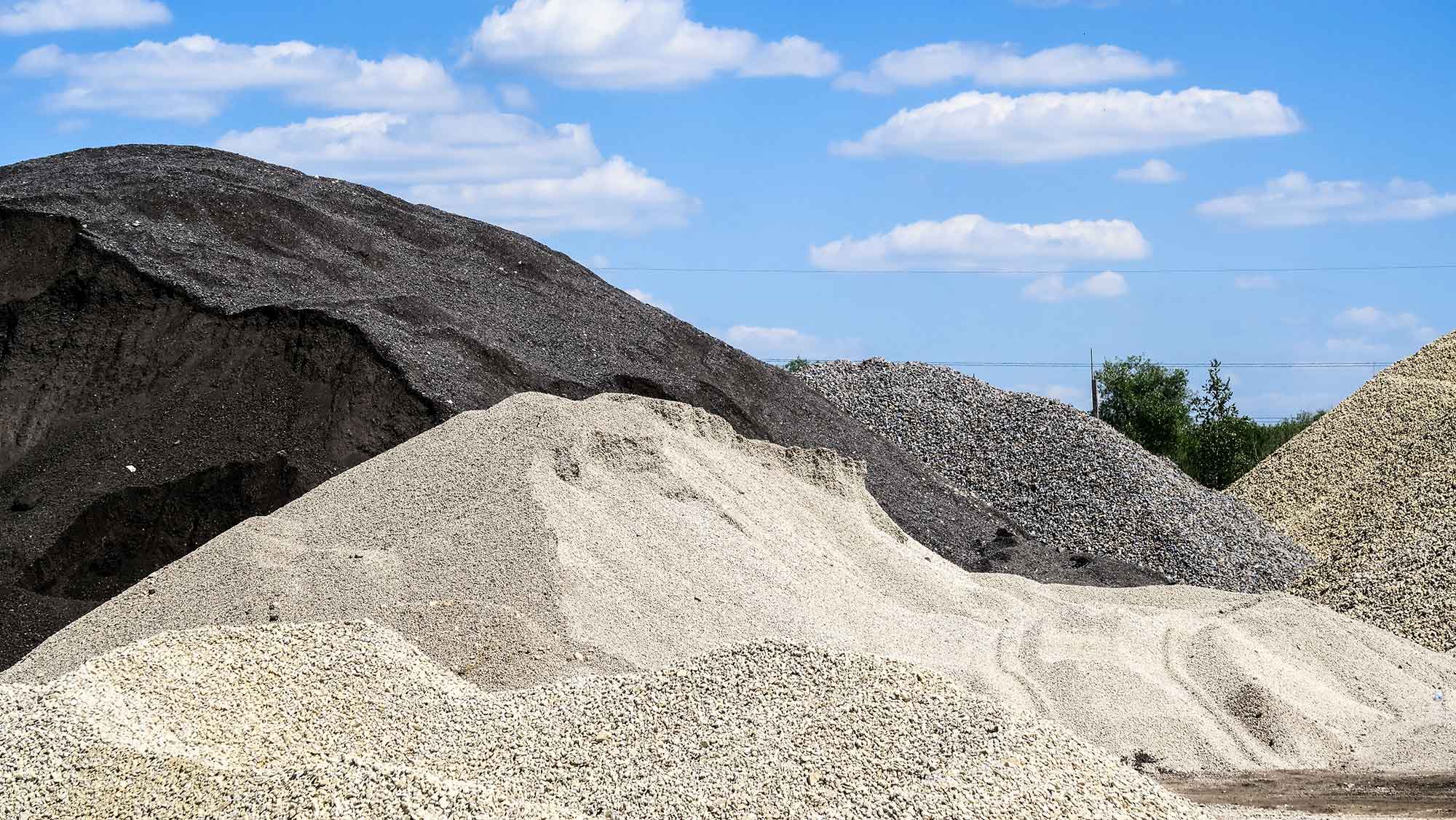4.2 Billion tonnes is a massive amount: as much as 33 times the mountain peak of the Matterhorn. Unfortunately, the aggregate sector today is only seven per cent circular. However, it is possible and feasible to increase from seven to 20 per cent. This is according to an action list in the so-called Urban Insight report ‘Circular materials in infrastructure’ by architecture and engineering firm Sweco. That could save as much as €6 million in raw material costs.
There is little attention from policymakers to the circularity of such materials, the researchers argue. Most attention is paid to waste and recycling, energy and water in society, for instance, because governments are actively involved in managing them. Yet decisions at the local level on infrastructure works are key to the possibility of making this sector sustainable as well. That means not only lower costs, but also less resource depletion, less need for landscape-polluting quarries and less reusable materials ending up in landfills.
The full report can be downloaded as a pdf from Sweco’s website.
Image: Ikebana Art-studio/Shutterstock



